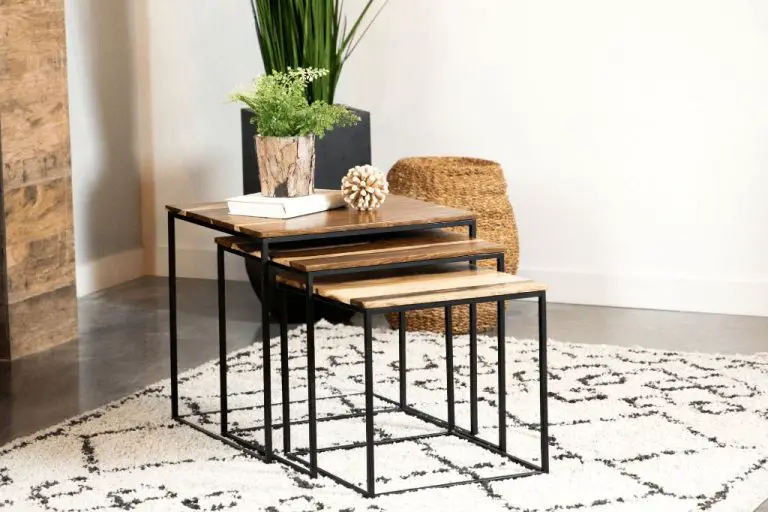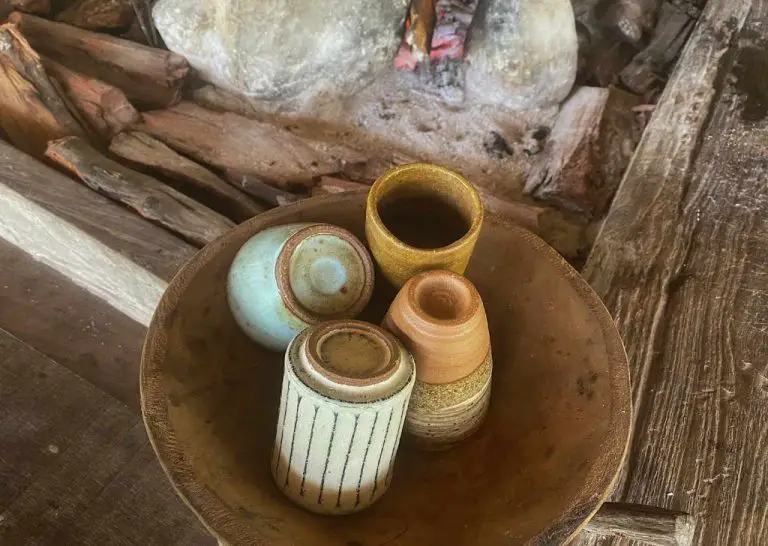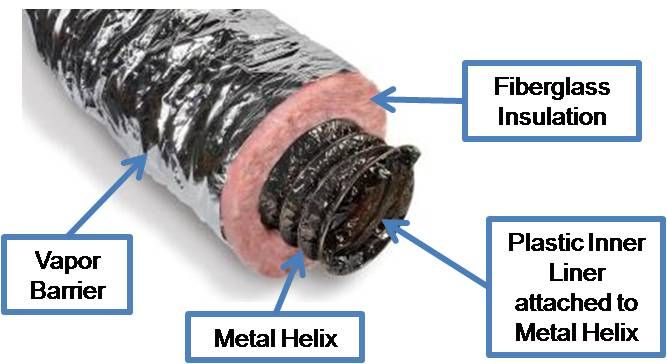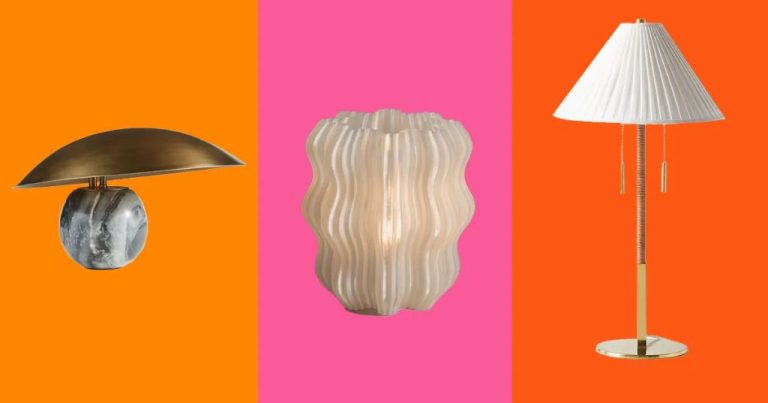How Is Synthetic Clay Made?
Synthetic clay, also known as modeling clay, is a man-made substance that mimics the properties of natural clay. It is made from various raw materials that are milled, spray dried, compacted, and fired to produce a pliable, non-hardening clay.
The production process involves carefully mixing the right proportions of minerals, water, and binding agents to create a smooth, uniform material. By adjusting the formula, synthetic clays can be produced with properties suited for different applications.
There are several major types of synthetic modeling clays:
- Oil-based clays made from minerals, waxes, and oils. These air-dry but do not fire hard.
- Ceramic clay blends non-hardening minerals with clay or other binders. These clays can be fired in a kiln to cure them.
- Polymer clays contain PVC, resin, plasticizers, and coloring. They cure when baked in an oven.
Raw Materials
The key raw materials used to make synthetic clay include common ingredients like silica, feldspar, and kaolin. Silica provides strength and structural stability. Feldspar acts as a flux to lower the vitrification temperature. Kaolin, also known as china clay, supplies plasticity and cohesiveness. Other less common ingredients are also used such as bentonite, a clay that provides plasticity and green strength, and attapulgite, a clay mineral that enhances dry and fired strength.
Milling
After the raw ingredients have been mixed and weighed out, they must go through a milling process in order to achieve the proper particle size. The raw materials are loaded into a ball mill, which is a rotating cylinder filled with steel balls. As the cylinder rotates, the steel balls grind and crush the raw materials into a fine powder.
The milling time can range from 12-48 hours depending on the raw materials and desired particle size. Typically a particle size under 75 microns is ideal. The rotating and crushing that occurs during milling also serves to thoroughly mix and homogenize the raw material blend before the next step.
Milling is a critical step in synthetic clay production. If the particle size is too large after milling, the final clay can end up with poor plasticity. Having uniform and fine particle size distribution ensures the clay has optimal workability and consistency.
Spray Drying
Once the clay slurry has been milled to a uniform particle size and consistency, it goes through a spray drying process to form granules. The slurry is pumped into a spray dryer chamber where it is atomized into a fine mist. Hot air at temperatures over 600°F is blown into the chamber, rapidly drying the atomized droplets of slurry into granules. The moisture flashes off in the hot air, and the remaining clay particles bond together into approximately spherical granules. The high surface area of the atomized mist compared to the volume of the droplets allows for very rapid and uniform drying. This results in clay granules with a consistent moisture content, usually around 5-8%. These granules are ideal for feeding into subsequent processes like compacting and firing.
Spray drying provides several key advantages in clay manufacturing. It dries the clay rapidly and uniformly, allowing efficient processing in bulk. It agglomerates the clay into durable granules with good flow properties. And it prepares the clay for optimal performance in downstream processes like pressing, extrusion, and kiln firing. The spray drying step is critical for obtaining consistent physical properties and performance in the finished synthetic clay product.
Compacting
The spray dried granules are compacted into sheets or blocks using high pressure. This is an important step that gives the synthetic clay its final shape and density. Powerful hydraulic presses apply tons of pressure to the granules, squeezing them together into a cohesive mass.
The pressure must be carefully controlled. Too little pressure would result in a weak, crumbly material. But too much pressure can also cause problems, resulting in overly dense clay that is difficult to shape and mold. Finding the optimal compacting pressure is crucial for producing high quality synthetic clay.
The granules fuse together under pressure, bonding tightly. This transforms the loose granules into solid blocks, slabs or sheets. Some synthetic clays are pressed into standard sizes and shapes, such as square or rectangular blocks. Custom molds can also be used to create specialized forms.
The compacting process significantly reduces the volume, as the empty space between granules is eliminated. This increases the density and firmness of the material, while retaining its workability and plasticity. The end result of compacting is a durable synthetic clay ready for the final firing stage.
Firing
Firing is a crucial step in the manufacture of synthetic clays. It involves heating the clay at high temperatures, typically in the range of 1000-1200°C. This high heat causes chemical reactions in the clay that cure and harden it. Firing transforms the soft, pliable clay into a permanent, rock-like material.
The clay is loaded into a kiln, which is essentially a large furnace designed for firing ceramics. There are various types of kilns used, but they all apply heat in a carefully controlled manner. The temperature is raised gradually to allow the clay time to go through the necessary chemical changes.
As the temperature increases, the clay becomes harder and more durable. First, any remaining moisture is driven off. Next, chemical compounds in the clay begin to decompose and recombine. New ceramic bonds form between particles, creating a rigid matrix. By the end of the firing, the clay has been transformed into a hardened material.
The final firing temperature and length of time held at this peak temperature depend on the type of clay and its intended application. However, firing is always a delicate balance. If under-fired, the clay will not achieve its full strength. If over-fired, it can become warped or brittle. Careful control ensures the clay is fired to the optimal extent.
The firing process is critical for imbuing the synthetic clay with durability and structural integrity. Mastering the firing regime allows manufacturers to produce high-performance synthetic clays for diverse applications.
Additives
Various additives can be incorporated into synthetic clays to alter their properties and performance. Some common additives include:
Colorants – Pigments made from metal oxides or other inorganic compounds can be added to give synthetic clays different colors. This allows manufacturers to produce clays in a wide range of hues.
Binders – Organic binders such as polyvinyl alcohol, cellulose ethers, or acrylic polymers help hold the clay particles together, improving dry and fired strength. They also facilitate pressing and extrusion.
Lubricants – Materials like ethylene glycol or fatty acids act as lubricants to reduce friction during extrusion and prevent clays from sticking. This improves processability.
Dispersants – Chemical dispersants help prevent clays from flocculating (clumping together). This leads to a more uniform and stable slip for casting.
Antifoaming agents – Ingredients like silicone oils can be added to eliminate excess foaming during mixing and pumping operations.
The types and amounts of additives are tailored to meet the requirements of the intended application. They allow manufacturers to modify the properties of synthetic clays as needed.
Quality Control
Synthetic clay manufacturers implement rigorous quality control measures to ensure their product meets specifications. Key tests performed include:
Color
The color of synthetic clay is evaluated visually and measured with instruments like spectrophotometers. Consistent color is important for product uniformity. Pigments are sometimes added to achieve a desired hue.
Plasticity
Plasticity refers to how well the clay holds its shape and resists cracking when molded. It depends on factors like particle size distribution and moisture content. Plasticity is quantified with tests that measure the clay’s resistance to rolling into thread or being deformed.
Strength
Dry and fired strength are vital properties. Compressive strength, flexural strength, and hardness tests determine if the clay is sturdy enough for its intended use. Strength is influenced by mineral composition, firing temperature, and use of reinforcing additives.
By verifying quality specifications are achieved, manufacturers ensure their synthetic clay products will meet customer expectations and perform as required in downstream applications.
Packaging & Storage
Proper packaging and storage of synthetic clay is critical to maintaining its quality and performance. After production, synthetic clay is typically packaged into bags or boxes for transport and sale. These packages are designed to protect the clay during shipment and prevent moisture loss or gain.
Some key considerations for packaging synthetic clay include:
- Using moisture-resistant packaging like plastic bags or coated boxes.
- Ensuring bags are properly sealed or boxes securely taped closed.
- Packaging clay in smaller bag sizes (e.g. 20kg bags) to avoid lump formation during transport.
- Labeling each package with product details, batch number, and production date.
For storage, synthetic clays require controlled conditions to maintain quality. Recommended storage guidelines include:
- Storing bags on pallets to avoid direct contact with the floor.
- Keeping storage conditions consistently cool, dry, and humidity controlled.
- Avoiding storage in areas with temperature swings or moisture exposure.
- Using a first-in-first-out system to rotate stock and avoid aging.
- Keeping inventory organized and storage areas clean.
Following proper packaging and storage practices ensures synthetic clay maintains ideal conditions for downstream use in ceramic manufacturing and other applications.
Applications of Synthetic Clay
Synthetic clay has a wide variety of applications due to its consistent properties and versatility. Some of the most common uses include:
Modeling Clay
Synthetic modeling clay is an extremely popular choice for artists and hobbyists. It has a smooth, workable texture that holds fine details well. The consistent color and lack of impurities allows for uniform results. It doesn’t dry out or become brittle like natural clay.
Ceramic Glazes
The synthetic clay powder is an important ingredient in many ceramic glazes. It provides an even texture and firing performance. When mixed with other minerals and fluxes, it creates smooth, durable glaze finishes on pottery, tiles, and sculpture.
Refractory Applications
Refractory materials made with synthetic clays withstand extremely high temperatures inside furnaces, kilns, and fireplaces. They are shaped into firebricks, mortars, and cements used to line high heat environments.
Fillers and Extenders
The inert nature and fine particle size of synthetic clays make them useful as fillers and extenders in products like paint, rubber, and plastics. This helps modify properties like shrinkage, cracking, and flexibility. It also bulks up the materials to improve economy.
Paper Coatings
Coatings containing synthetic clay give paper a smooth, glossy surface for printing. It fills in pores and creates an even finish. This allows for sharper image quality and prevents ink from bleeding on the paper.




